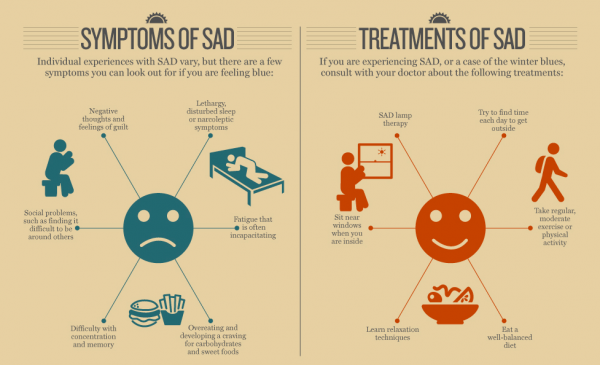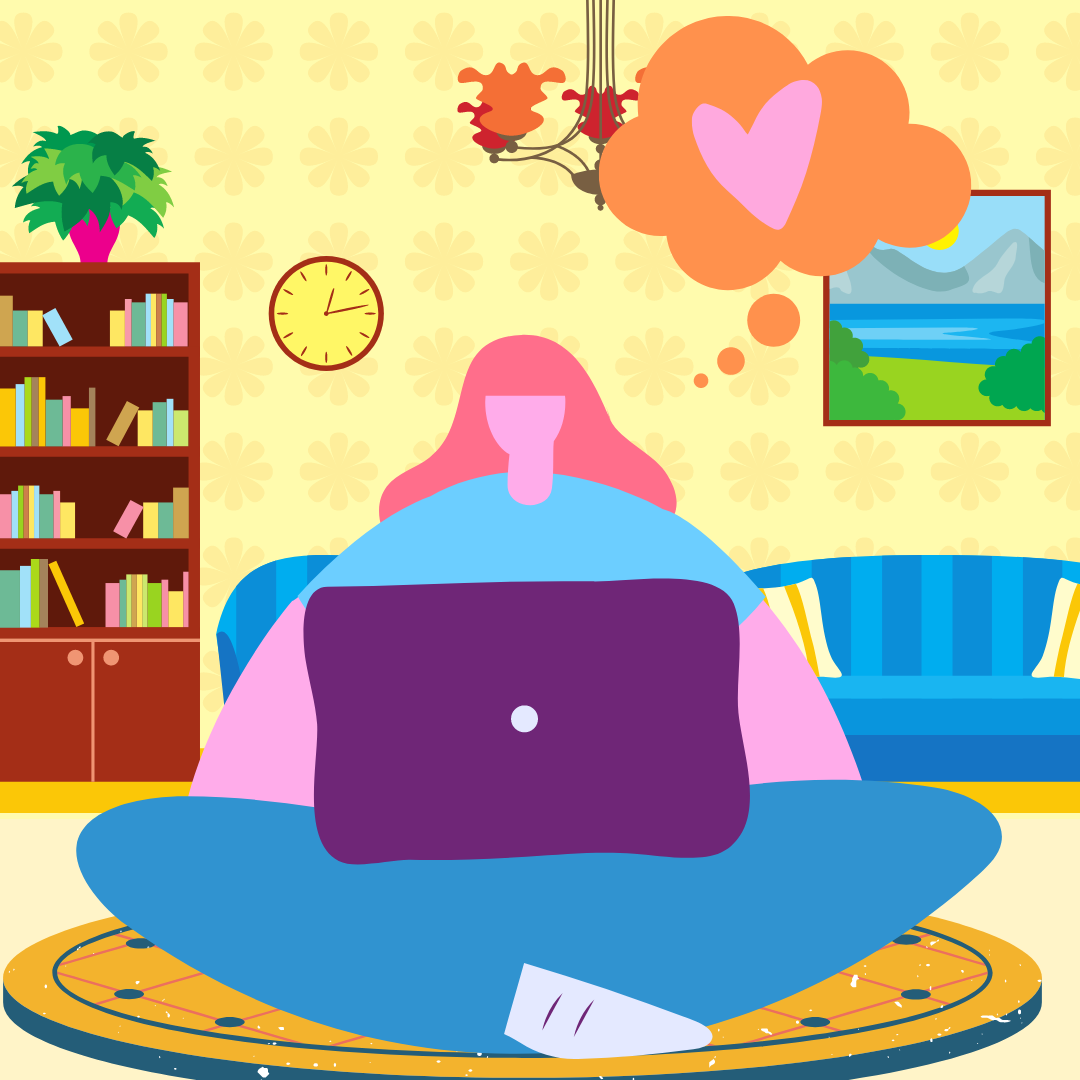Mental Health — we all have it, and now we should all strive to be more open and vulnerable about it.
TheraPieces* is a Slice of Culture monthly column by Mendez, a graduate student pursuing her Master of Social Work degree in clinical/medical social work.
Hello Mental Health warriors and advocates! I know it has been awhile since the last article I’ve written, but I return with a new one wanting to spotlight something important this time of year.
As the holidays come around again, it’s important to touch base on sensitive topics that family, friends, and people you know, love and might even be close with go through during this time of the year.
We are always excited and happy to welcome the warm and bright months of April to August when spring and summer come around, but what happens when the hour of the clock goes back and suddenly the sun is setting by 4 p.m.?
Are you noticing some changes in the way people behave? Any changes in your behavior you might even have noticed?
Despite the stress and anxiety of giving the perfect gift to someone, there could be something else that may affect our moods and behaviors.
I briefly discussed this topic back in one of my previous articles.
So, let’s talk about what SAD, or Seasonal Affective Disorder, is and how it can affect anyone and especially those who may usually have a hard time getting into the festive celebration mood due to some personal circumstances, or might not be anything at all, but just something that you, me, we, or anyone we might know could just be affected differently by the loss of longer light out.
Seasonal affective disorder, according to Google is defined as:
“A form of depression also known as SAD, seasonal depression or winter depression. In the Diagnostic Manual of Mental Disorders (DSM-5), this disorder is identified as a type of depression – Major Depressive Disorder with Seasonal Pattern.” (American Psychology Association).
However, SAD is way more than just feeling the dark and cold gloomy moods of late fall and winter.
People with Seasonal affective disorder, or SAD, usually undergo mood changes and depressive symptoms throughout the changes of the seasons, more common in the winter months of January and February.

It may also rarely occur in the spring and summer seasons as well, but typically it starts during the late fall and lasts throughout the entirety of winter.
Symptoms frequently occur when there is less sunlight throughout the day and the length of days get cut short. The symptoms may improve again once spring comes around.
The effectiveness of SAD can be overwhelming and distressing on both the brain and body, interfering sometimes with daily functioning.
About 2 to 5 percent of the United States population get affected by SAD, but treatments are available such as talk therapy and medication, if recommended.
Because SAD is similar to depressive symptoms, the lack of sunlight may create certain issues among chemicals in the brain that prevents parts of the hypothalamus and amygdala from working properly, similar to what depression can also do to the brain, as well as defective from the neurotransmitters serotonin and melatonin from working, which regulate our moods, sleep patterns, energy levels and immune system.
It’s normal and fine to feel bummed out when you’ve had a long day. By the early evening time, all you might want to do is be cuddled up in your bed with a bunch of blankets, but what actually is going on when you feel the effects of SAD in place?
I’m not saying that being bundled in bed is a bad thing either, but when it becomes something you want to do as a constant, then they’re might be something affecting that behavior.
Keeping yourself busy and active with your body and brain can relieve some of the symptoms. Practicing self-care and meditation techniques can be quite helpful as well.
Always take some time to put yourself first, especially before exerting energy on spreading holiday cheer and buying gifts for others.
You’re still loved no matter what!
It’s okay to be sad, to cry, to not be okay, but the last thing is hiding and bottling your emotions to the point where it will eventually become too hurtful to bear.
Share any feelings you can even if it’s in a journal.
A reminder to be patient and kind to all of those around you who may be going through SAD or any form of depression as you may never really know what can actually be going on in someone else’s mind.
If you want a specific topic related to mental health covered, Daniella Mendez may be reached at dm3728@columbia.edu.


